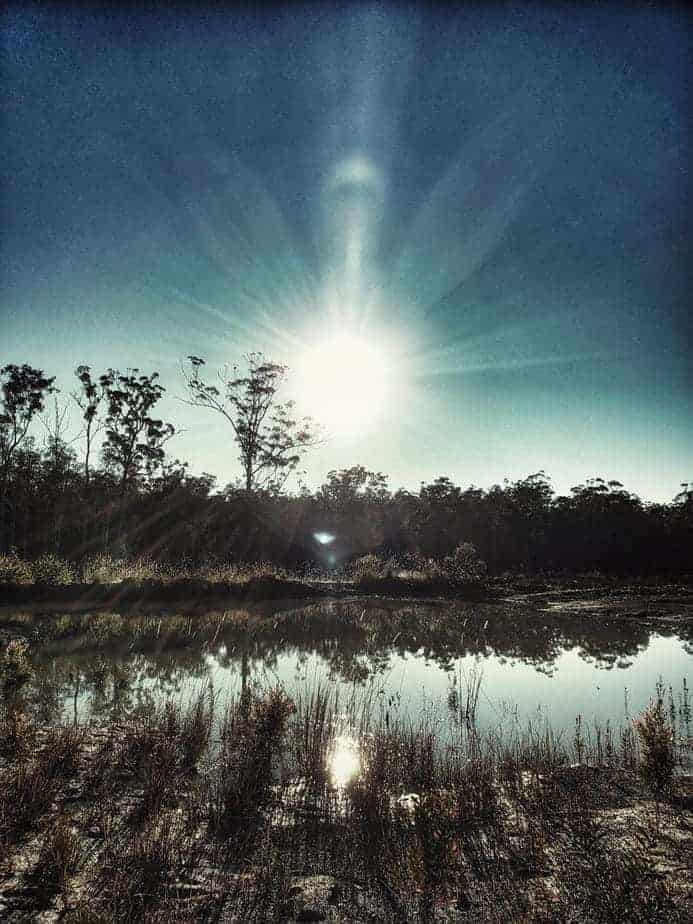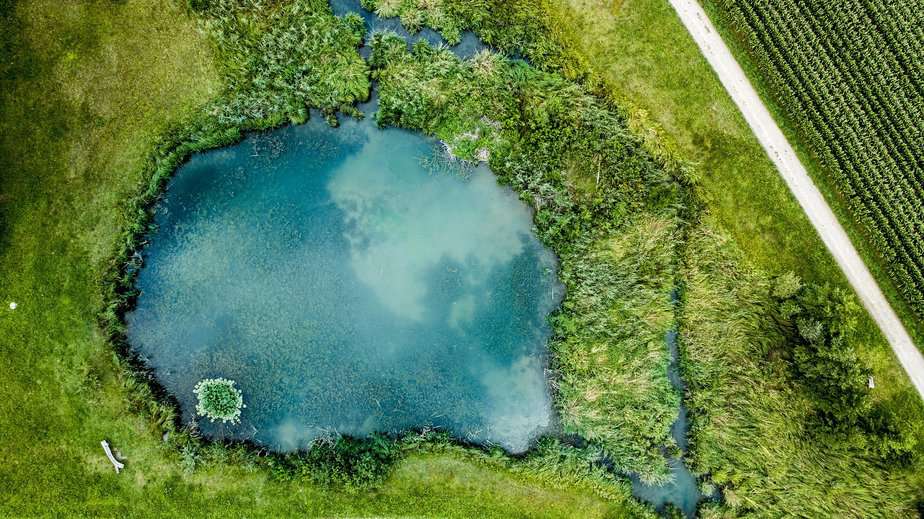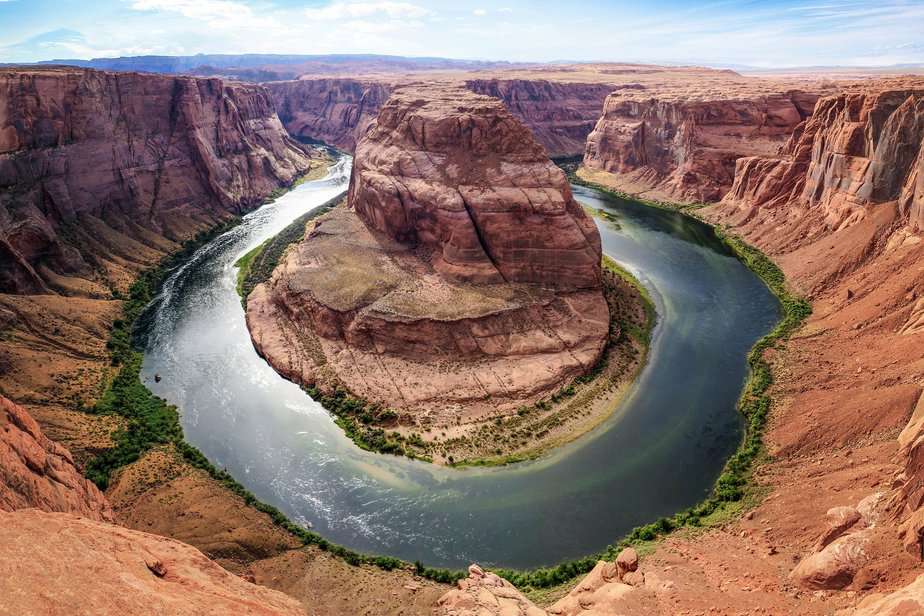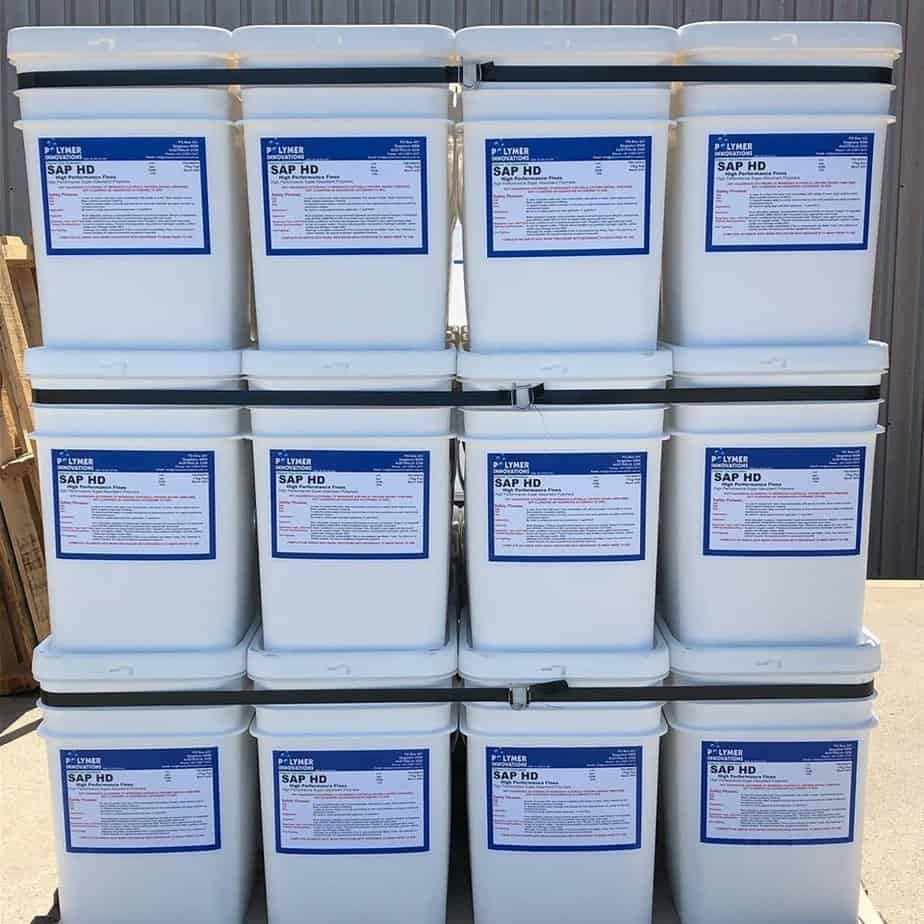Faced with extended dry periods, many Australian farmers are considering repairing failing or leaking dams to boost their water supply for when the rain returns. However, dam repairs are typically complex and costly projects that should only begin when the root causes of failure and suitable restoration plans are clearly understood.
Tag Archives: seepage
Polymer Innovations’ advertising of Water$ave may present an appealing solution to the pressing issue of dam leakage. But, before purchasing the product, it’s imperative to investigate it thoroughly and treat these claims with scepticism.
Water$ave by Polymer Innovations claims to be a revolutionary dam sealing product, promising to solve water leakage issues in dams and reservoirs. The company’s advertisements showcase lush, green landscapes contrasting with barren, cracked earth to emphasize the dramatic transformation their product can achieve. While the promise of a quick and cost-effective solution to dam leakage may seem appealing, it’s crucial to scrutinize how Polymer Innovations advertises Water$ave and maintain a healthy dose of skepticism.
Earth dam geology is a critical factor in the successful construction and performance of these essential structures.
Earth dams, also known as earthen embankments or levees, are important for water resource management, flood control, and agricultural irrigation. Building a safe and reliable earth dam requires careful consideration of various factors, and one of the most critical aspects is geology. Understanding the geological characteristics of the site is crucial for selecting an appropriate location, assessing the site’s suitability, and ensuring the dam’s long-term stability.
In this article, I’ll dive into the significance of earth dam geology, the key factors to consider in site selection and assessment, and the importance of geological investigations in the dam construction process.
Water is one of our planet’s most valuable resources, and managing it effectively is crucial. Dams play a significant role in water management, storing water for a variety of uses, including hydroelectric power production, drinking water supply, and irrigation.
However, dams are not immune to issues, and leakage is one of the most prevalent problems they face. While there are solutions available to address dam leakage, it’s essential to understand that Watersave, a polymer-based product known for its water retention capabilities, may not be the panacea for this particular challenge.
In this blog post, I’ll look at the complexities of dam leakage and why Watersave may not be the solution you’re looking for.
Farm dams are vital for agricultural operations, providing water storage for irrigation, livestock, and other farming activities. However, seepage, the leakage of water through dam structures, can lead to significant water losses and affect the dam’s overall effectiveness. In this blog post, we will explore various techniques and best practices for controlling seepage in farm dams. By implementing these strategies, farmers can improve water conservation, optimize their agricultural output, and ensure the longevity of their dam infrastructure.







